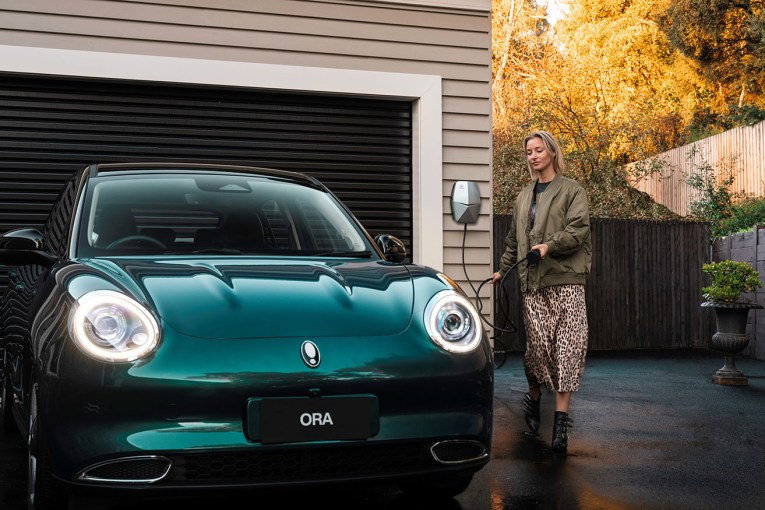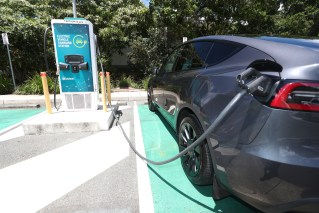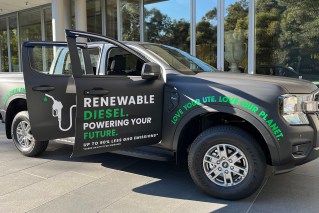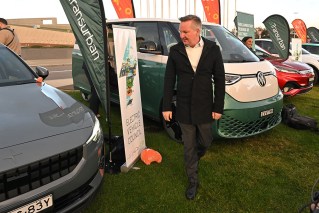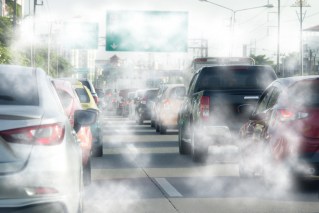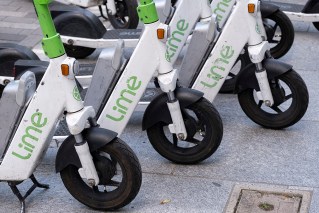Peugeot makes up for past sins with revamped 208
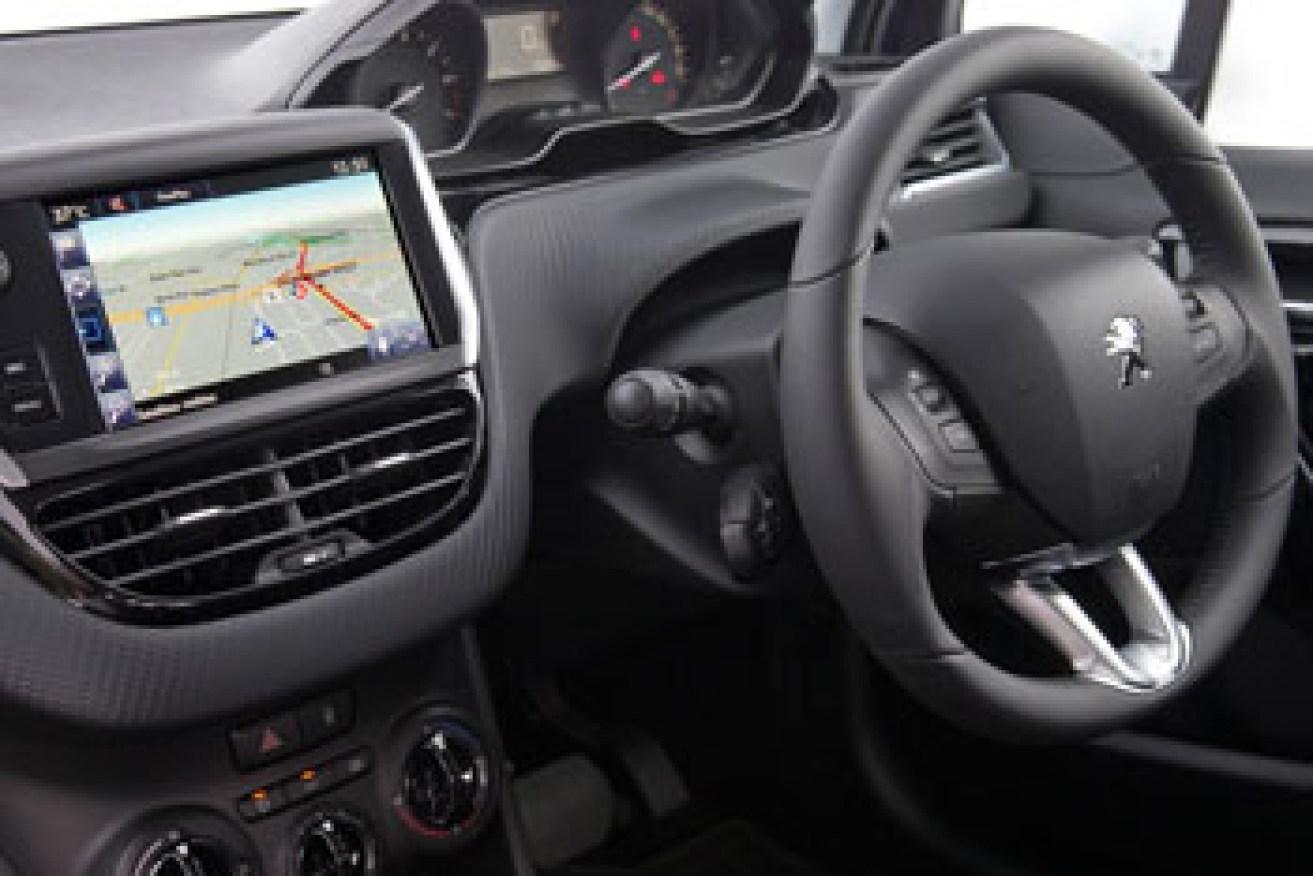
The smaller steering wheel seems wrong, but works well.
Expert rating: 71/100
Engine, drivetrain and chassis: 15/20
Price, packaging and practicality: 15/20
Safety and technology: 16/20
Behind the wheel: 13/20
X-factor: 12/20
The Peugeot 20-series had a great start in Australia with the 1984 205.
Agile and quick in GTi form (and not bad either in the more humble Si spec), it was the first GTi to the Oz market and we loved it.
The models that followed, the 206 and 207, were not nearly the cars the 205 were.
Now we have the 208, which has just been given a shave and haircut for its mid-cycle facelift, but is the upgraded 2015 model a worthy successor to the 205?
• Is this VW a victim of bad timing?
• Get ready for Chinese vehicles
• Aus ‘lemon law’ edges closer
The Peugeot 208’s lack of a decent automatic transmission has always hampered its progress. Now it has a superlative six-speed auto and a willing three-pot turbo-petrol engine to give it the ammunition it needs in a very competitive light-car class – all priced at a competitive $21,990 in Active form.
As we reported when price and specs were announced earlier this month, the upgraded 208 line-up brings an even cheaper entry-level model, the 208 Access priced from just $15,990 and powered by a naturally-aspirated 60kW 1.2-litre naturally aspirated triple matched to a five-speed manual.

The 208’s interior is let down by a lack of storage – and measly cup holders.
From there, prices rise to $18,990 plus on-road costs for the Access auto, $21,990 for the turbo Active auto, $25,990 for the Allure auto, $27,990 for the GT-Line and $30,990 for the GTi.
Sadly, we didn’t drive the entry-level Access and our launch drive began on a 5km private road – with a few long straights and a heap of corners, from wide, open bends to hairpins – where we only drove the 208 GTi.
The GTi will account for just 15 per cent of 208 sales and the Access five per cent, so at least we drove the models that represent the bulk of sales – the Active, Allure and GT-Line.
First up was the previous-generation 208 fitted with a 1.6-litre petrol four-pot and four-speed auto, which is no world-beating powertrain. The engine boomed at high revs – and was reluctant to get there – and the gaps between gear ratios were huge.
The 1.6 auto was nose-heavy, with understeer or understeer the only choices on the handling menu. Any wish to pull it out of corners was met by a truculent auto that either refused to kick down (because speed was too high to allow it) or did and then sent the engine into a rev band where it boomed away but offered little more power.
Next up was the facelifted 208 Active auto. Its three-cylinder/six-speed combo was a revelation after the archaic four-cylinder/four-speed.
Like many manufacturers, Peugeot is chasing better fuel consumption and C02 emissions by reducing displacement, while eking out better outputs by adding a turbocharger and whatever other technologies they can muster.

Peugeot’s 7-inch infotainment screen is easy-to-use and includes parking-assist and tyre pressure monitoring.
The net result is a 1.2-litre turbo triple that can punch out better torque (and almost as much power) than the 1.6-litre four it replaces.
No surprise then that the Active felt better to drive from the first few metres. It was far more willing, felt much quicker and its six-speed auto had a ratio for every occasion. The three-pot engine also sounds great, its muted growl reminiscent of the audio from a 12-cylinder engine.
You could actually explore the dynamics in this car too, unlike its 1.6-litre four-speed predecessor. That said, the Active still felt nose-heavy, scrubbing off speed at the front even when lifting off mid-corner or even when provoked by turning in too quickly and lifting off. It also tended to lean quite a bit in corners. So this is clearly not a driver’s car, but it was entirely predictable and safe.
Next was the GT-Line, which has the same powertrain and suspension as the Allure, but runs on 17-inch 205/45 aspect ratio tyres instead of the Allure’s 16-inch 195/55s.
Predictably, performance felt much the same, but grip through the corners was better and turn-in felt crisper, but the chassis’ want to run wide was much like the Active’s.
Then it was time to drive the halo model of the 208 series, the GTi. What a complete metamorphosis over the Active and GT-Line. Aside from the benefit of 82 more kiloWatts of power and 95 extra Newton-metres of torque, the GTi’s chassis was much, much more involving and neutral.
Drifting a bit wide in a corner? Ease off the throttle and the GTi pegs back the understeer and gets back on the cornering line. Come in too hot for a corner? Turn in, lift off and the GTi gently swings out its tail and allows you to wash off speed in a slight drift before the stability control eases in to give a final polish to the unruliness.
The 1.6-litre turbo four is a delight too. It gains a few extra kiloWatts over the previous GTi (using the same tune as the 208 30th Edition) – which is hard to notice in a 5km lap – but its flexible, free-revving nature and ability to make the car lunge out of corners just adds the cream to a very satiating chassis.

Impressively, the 1.2 litre turbo engine pushes out more torque than many 1.6 litre competitors.
While the gearshift has long throws, its pick of the six forward ratios seems to work pretty well. Anyway you look at it, the GTi is a heap of fun to drive, and stacks up well againt some stiff opposition including the Volkswagen Polo GTI, Ford Fiesta ST and Renault Clio RS.
Having our fill of laps on the private road, it was time to explore the Allure and GT-Line out on the patchwork Hunter Valley backroads and back into the big smoke of Sydney.
What became clear was that the engine/transmission combo plays with great teamwork. The auto slurs a little in kick-down shifts even in Sport mode, but produces an almost imperceptible gear change in the process. Upshifts are much more crisp in Sport, while in the standard mode they are again more progressive but very smooth.
The engine feels a little lacking in power for overtaking, and it doesn’t always extract the very last of its rev range when under full throttle — upshifting at 5500rpm instead of 6000rpm — even in Sport mode.
But it doesn’t really matter, because this is an engine that is so eager and willing to do its job you can forgive it for being a bit of a slow worker.
Fuel consumption according to the trip computer averaged 6.1L/100km in a blend of 80km/h back roads, freeway and slow traffic driving.
The Allure’s suspension was firm and settled quickly over large undulations, while still remaining reasonably supple over corrugations and sharp bumps in the road.

A smaller steering wheel seems wrong, but works well.
The GT-Line was more terse over the sharp changes in road surface, but never made you grit your teeth after sustaining a sharp hit from the poor road surfaces.
The cabin offers up supportive, comfortable seats – although, with the exception of the GTi, the seats were too flat to offer much support when corner carving on the private road, and most of the instruments are easy to see and controls simple to use.
Peugeot’s shift to a small steering wheel over which you view the instrument cluster seems wrong in concept but for this writer works well. The new 7.0-inch centre touch-screen is up high, easy to see and use, and the tyre pressure monitoring system available across the range is a great feature.
The cabin is let down with column stalks that feel a bit fragile to use and cheap, and some of the cabin plastics look and feel a bit low-rent too.
The lack of adequate storage inside is a disappointment too – in Europe hydration is obviously not an imperative while in the car, given the tiny cup-holders.
The glove box is really a glove box, because you won’t fit much else in there, and door pockets and centre console storage is also light-on.
This 2015 facelift brings the 208 back into contention, particularly with the 1.2-litre turbo/six-speed auto combo in the Active, Allure and GT-Line.
According to Peugeot, this powertrain will account for 80 per cent of sales and those buyers certainly won’t feel short-changed as they might’ve with the previous model.
2015 Peugeot 208 Active pricing and specifications:
Price: From $21,990 (plus on-road costs)
Engine: 1.2-litre three-cylinder turbo petrol
Output: 81kW/205Nm
Transmission: Six-speed automatic
Fuel: 4.5L/100km (ADR Combined)
CO2: 104g/km (ADR Combined)
Safety rating: Five-star ANCAP
What we liked:
>> Sweet 1.2 turbo engine/transmission
>> GTi’s entertaining engine and chassis
>> Large easy-to-use infotainment screen
Not so much:
>> Lack of interior storage
>> Cheap-feel switchgear
>> Low-rent cabin plastics
Also consider:
>> Ford Fiesta (from $15,825)
>> Mazda2 (from $14,990)
>> Volkswagen Polo (from $16,990)
This article originally appeared on motoring.com.au. All images via motoring.com.au.

